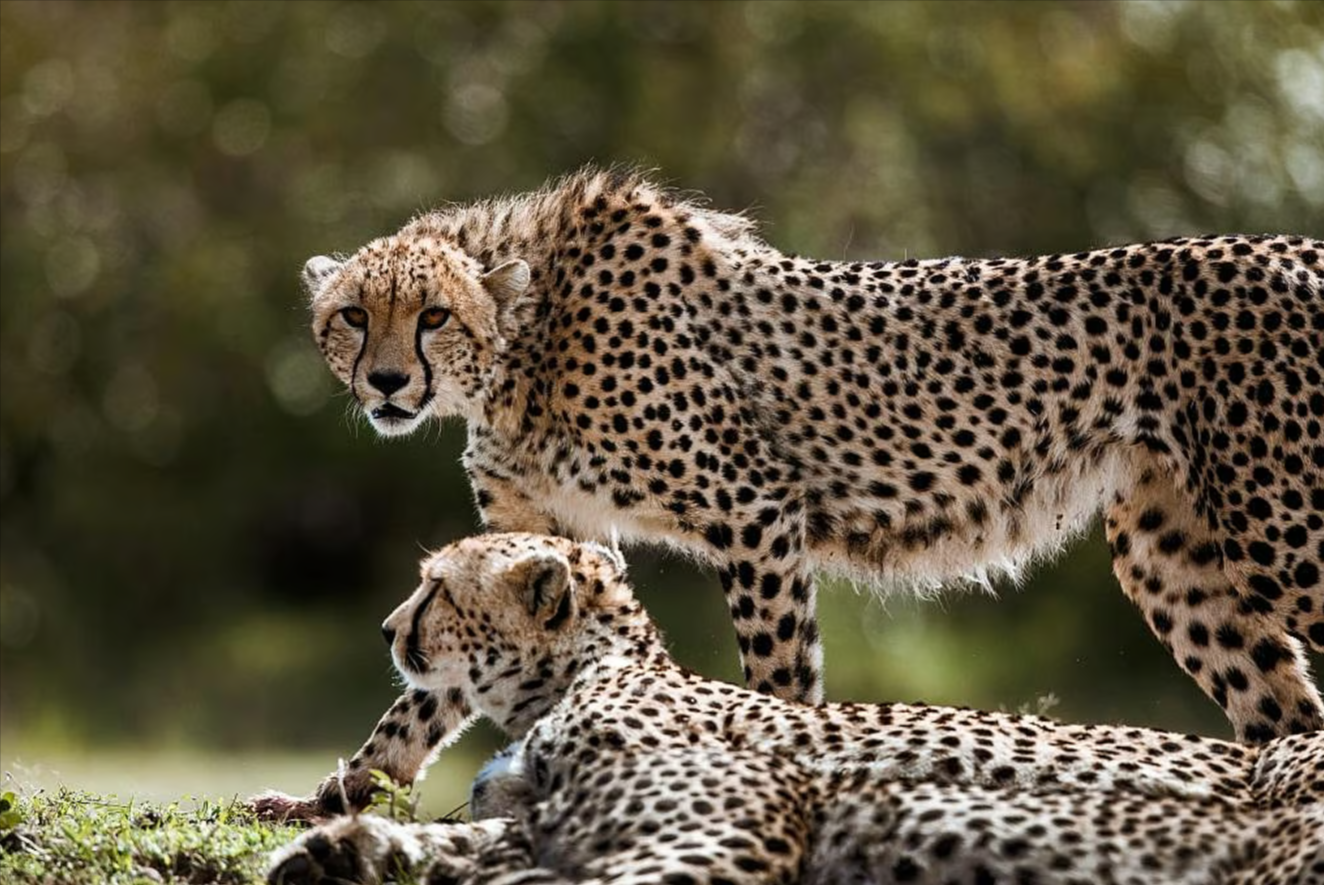
The two cheetahs named Prabhas and Pawak received their new home at the Gandhi Sagar Wildlife Sanctuary when Madhya Pradesh Chief Minister Mohan Yadav made the release on Sunday. The two cheetahs oriented under Project Cheetah came from Kuno National Park which became their temporary residence after their transport in February 2023. The sanctuary received notification in 1974 and occupies areas between the Mandsaur district and Neemuch district of western Madhya Pradesh which border Rajasthan.
Context:
-
The two cheetahs named Prabhas and Pawak received their new home at the Gandhi Sagar Wildlife Sanctuary after Kuno National park in 2023.
Key Details of Project Cheetah:
-
Phase-1:
-
The Indian government began Project Cheetah in 2022 with the aim to reestablish cheetah populations after confirming their national extinction happened in 1952.
-
Under this program cheetahs are transported from South Africa and Namibia to the Kuno National Park area.
-
Management authority for the project belongs to the National Tiger Conservation Authority together with the Madhya Pradesh Forest Department and Wildlife Institute of India.
-
-
Phase-2:
-
The second phase of the cheetah reintroduction plan includes obtaining animals from Kenya because of their comparable habitats.
-
The planned relocation of cheetahs aims to place them within Kuno National Park as well as Gandhi Sagar Wildlife Sanctuary which both belong to Madhya Pradesh.
-
Gandhi Sagar Wildlife Sanctuary - Key Facts:
-
Location:
-
The sanctuary received notification in 1974 and occupies areas between the Mandsaur district and Neemuch district of western Madhya Pradesh which border Rajasthan.
-
The sanctuary divides into two sections following the course of the Chambal River while Gandhi Sagar Dam exists as part of its territory.
-
-
Ecosystem:
-
The sanctuary exhibits a rocky terrain combined with shallow topsoil and features a grassland area with dry deciduous trees and savanna ecosystem.
-
The increasing evergreen state of river valleys inside the sanctuary creates a variety of habitats.
-
-
Ideal Habitat for Cheetahs:
-
The Alwar sanctuary has an identical ecosystem pattern to Kenya's Maasai Mara region which proves beneficial for cheetah habitats.
-
Facts about Cheetahs:
-
Breeding and Maturity:
-
The breeding behavior of cheetahs occurs throughout the entire year and reaches its maximum during the rainy season.
-
Female cheetahs normally find sexual maturity between 20 to 24 months and males require a longer period to reach sexual maturity between 24 and 30 months.
-
-
Gestation and Litters:
-
During her 90-95 day pregnancy cheetah females birth 3 to 5 baby cubs.
-
-
Vocalizations:
-
Instead of roaring Cheetahs communicate through high-frequency chirps and barks to express themselves.
-
-
Territorial Behaviour:
-
Cheetahs exist as solitary animals who identify their territory through scratch marks as well as scent marking together with vocalizing "stutter barks".
-
-
Speed and Hunting:
-
The creature which operates as the swift land hunter gets to sprint at 120 km/h during brief intervals.
-
Cheetahs possess partially retractable claws that allow them to trip their prey yet their hunting achievements remain at 40-50% success rate.
-
-
Protection Status:
-
The IUCN Red List lists cheetahs as Vulnerable species and the Wild Life (Protection) Act of 1972 Schedule 2 together with CITES Appendix I offers protection to these animals.
-
Conclusion:
The introduction of Prabhas and Pawak at Gandhi Sagar Wildlife Sanctuary represents an important development for India's efforts to bring back cheetah species through Project Cheetah. Through its suitable living space and ongoing efforts to return cheetahs India displays its dedication to preserving wildlife while preserving environmental stability.



 Supriya Sahu Wins UNEP Champions of the Earth 2025
Supriya Sahu Wins UNEP Champions of the Earth 2025 World Soil Day 2025: Celebrating “Healthy Soils for Healthy Cities”
World Soil Day 2025: Celebrating “Healthy Soils for Healthy Cities”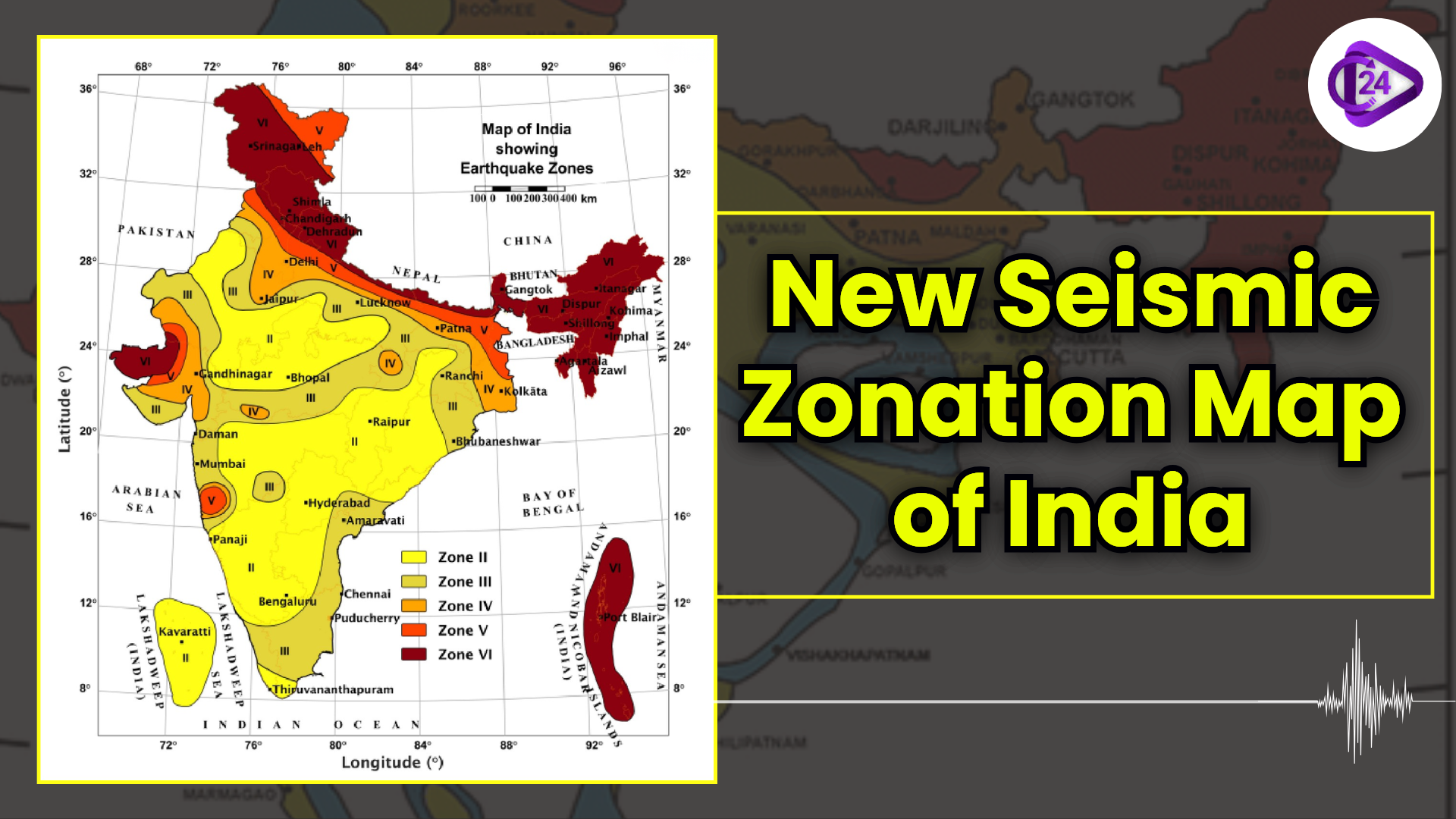 New Seismic Zonation Map of India
New Seismic Zonation Map of India Cyclone Fina Hits Northern Australia With Destructive Force
Cyclone Fina Hits Northern Australia With Destructive Force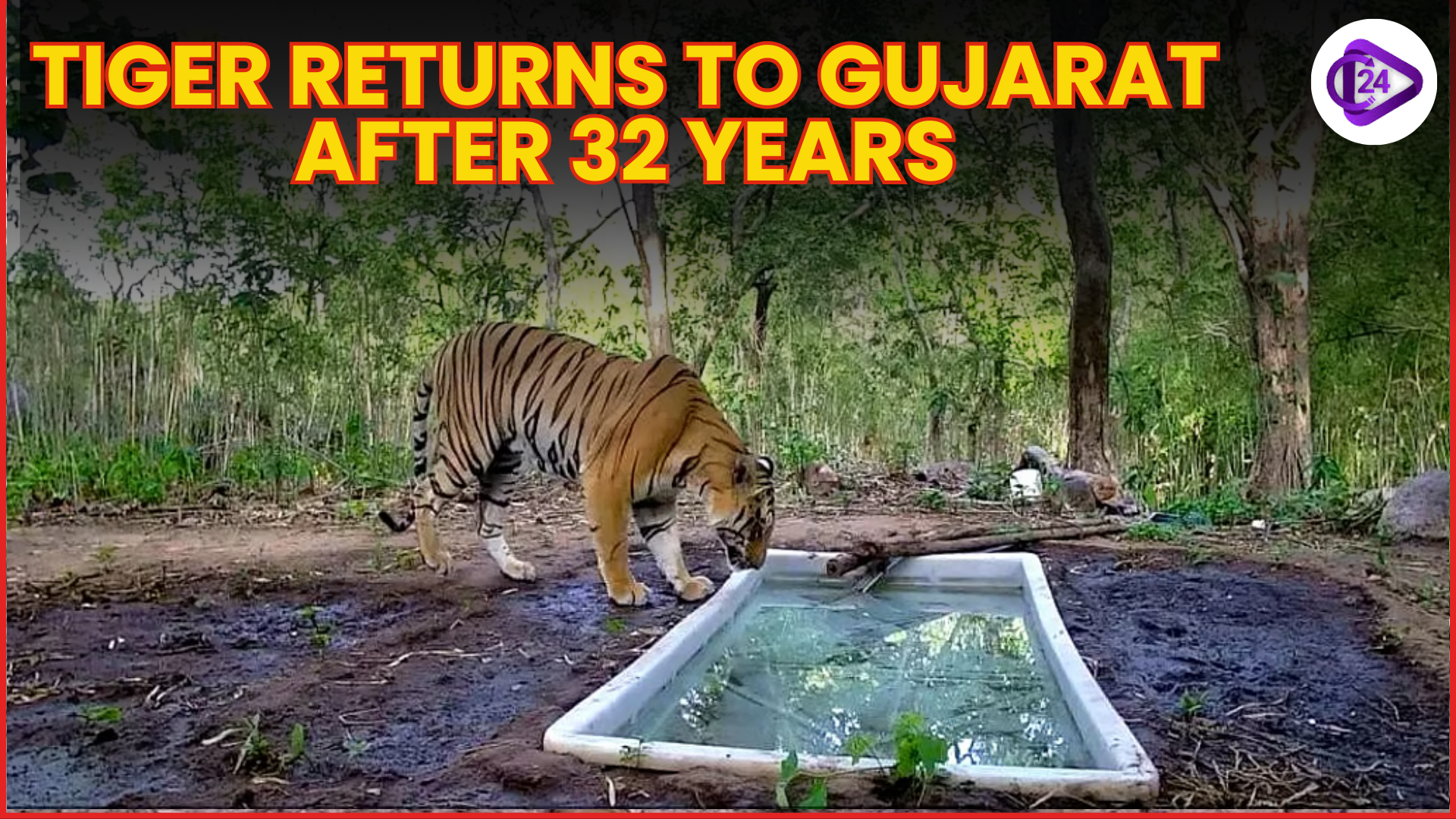 Tiger Returns to Gujarat After 32 Years | Historic Wildlife Comeback 2025
Tiger Returns to Gujarat After 32 Years | Historic Wildlife Comeback 2025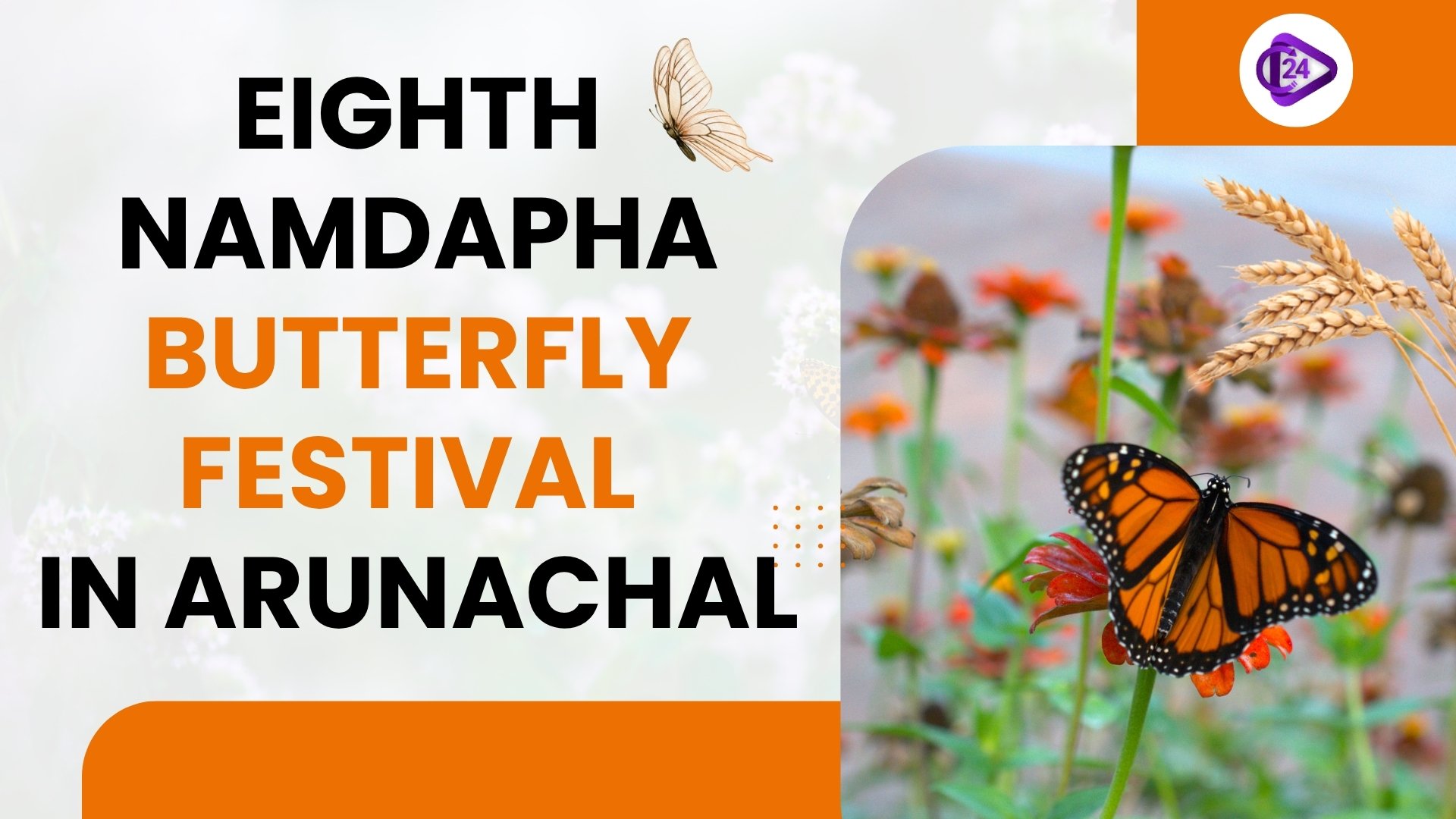 Namdapha Butterfly Festival Showcases the Wild Heart of Arunachal Pradesh
Namdapha Butterfly Festival Showcases the Wild Heart of Arunachal Pradesh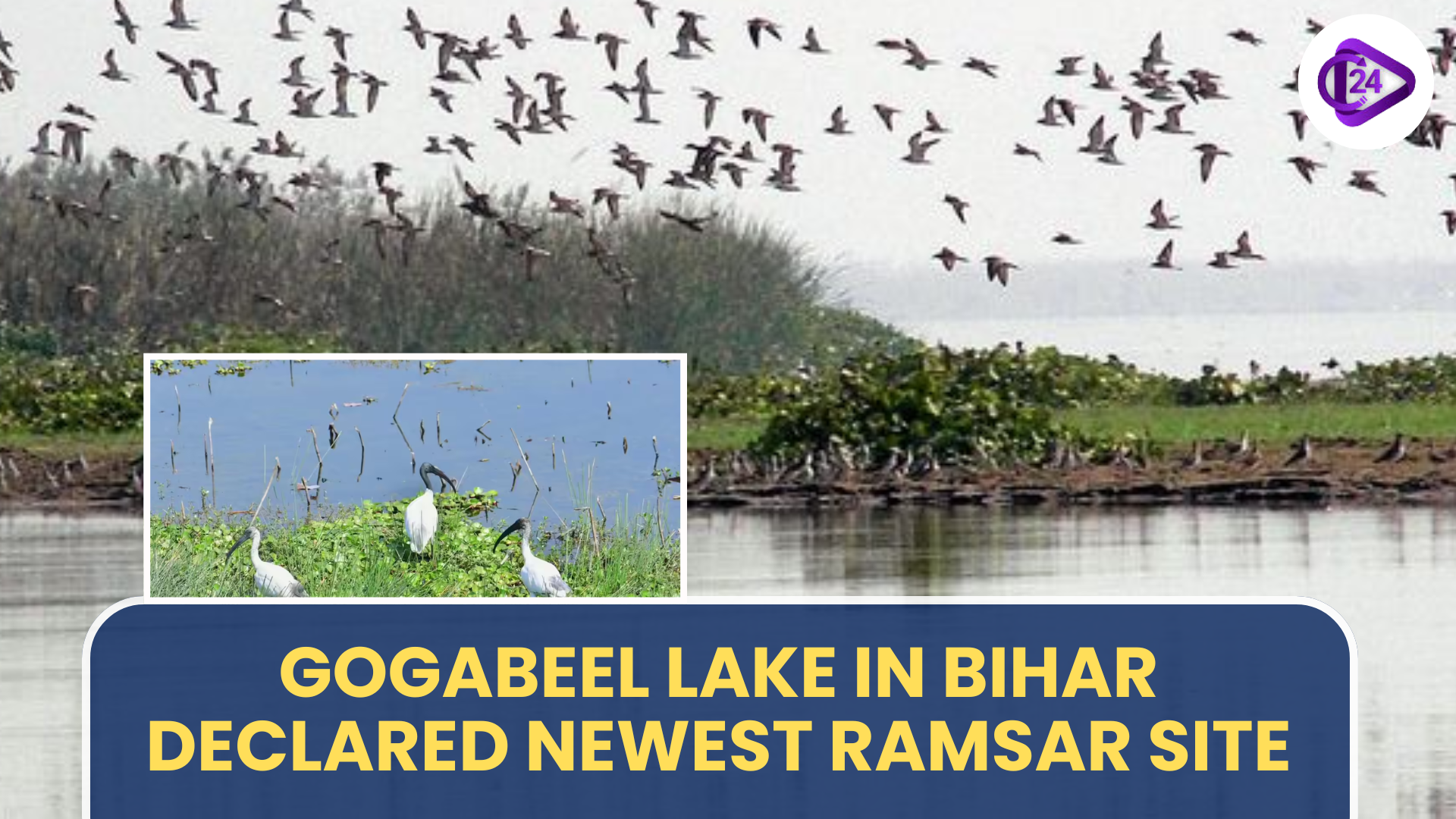 Gogabeel Lake Achieves Ramsar Status for Biodiversity and Conservation
Gogabeel Lake Achieves Ramsar Status for Biodiversity and Conservation Cyclone Montha Makes Landfall Near Kakinada, Bringing Destruction to Andhra and Odisha
Cyclone Montha Makes Landfall Near Kakinada, Bringing Destruction to Andhra and Odisha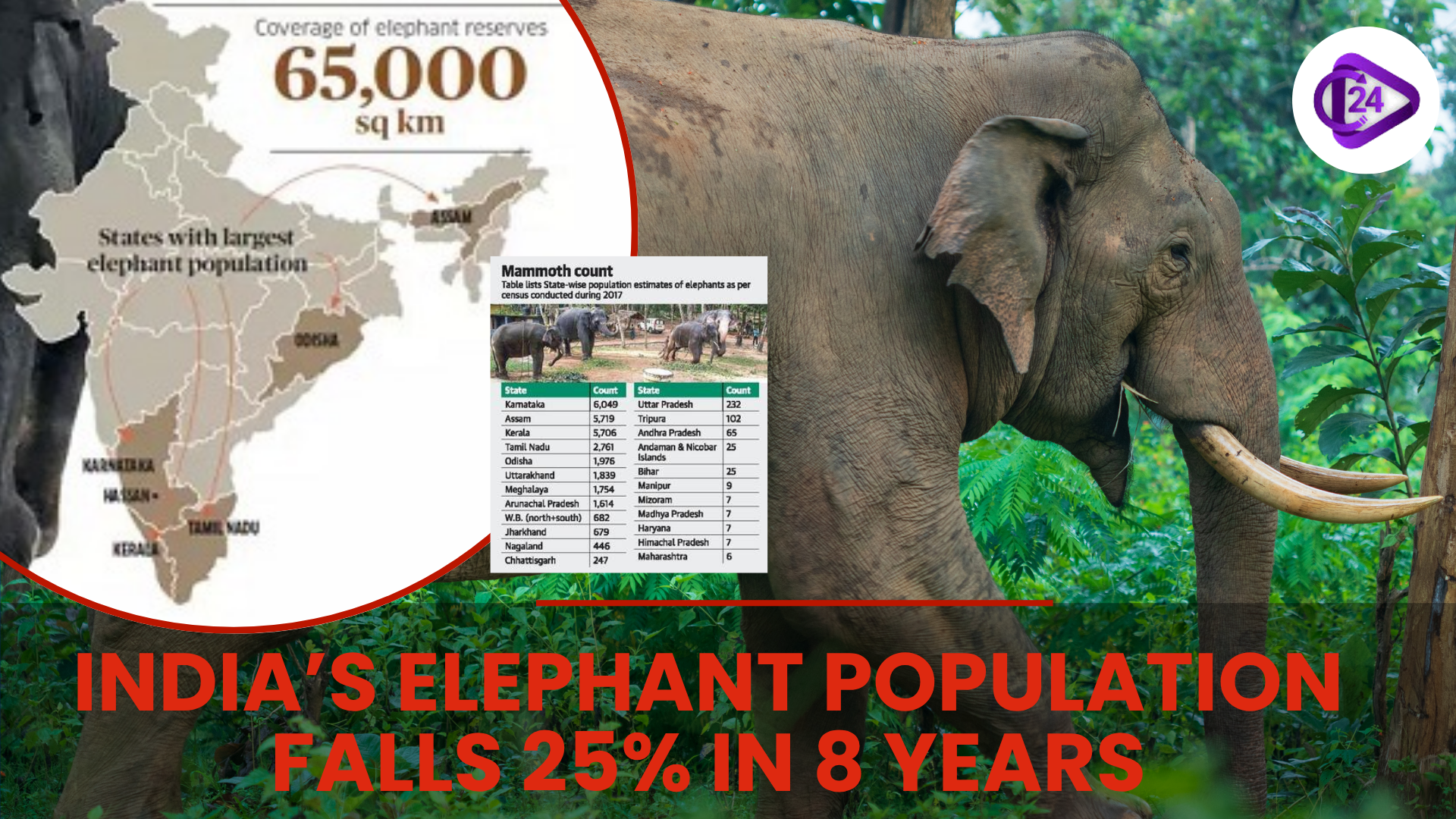 India Conducts First-Ever DNA-Based Elephant Census, Reveals Population Decline by 25%
India Conducts First-Ever DNA-Based Elephant Census, Reveals Population Decline by 25%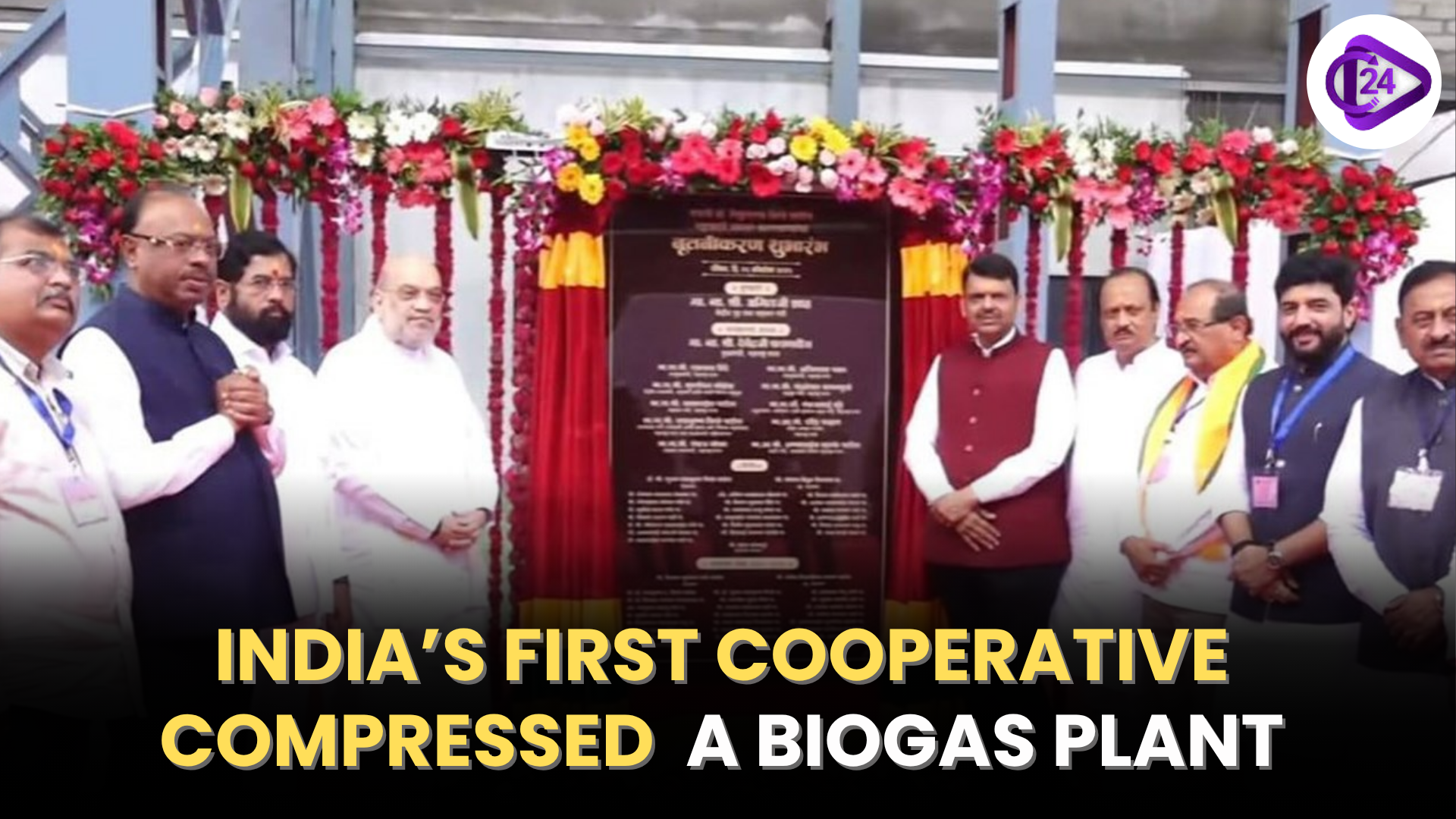 Maharashtra Gets India’s First Cooperative CBG Plant | 12 Tonnes Biogas Daily Production
Maharashtra Gets India’s First Cooperative CBG Plant | 12 Tonnes Biogas Daily Production






